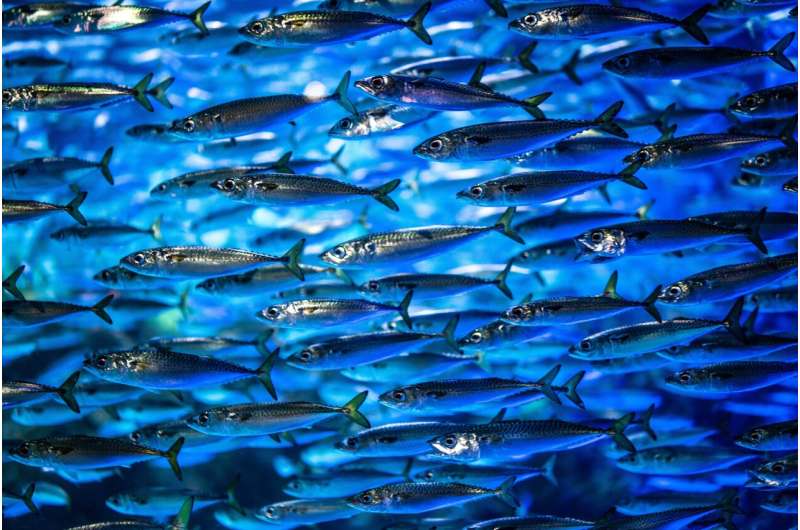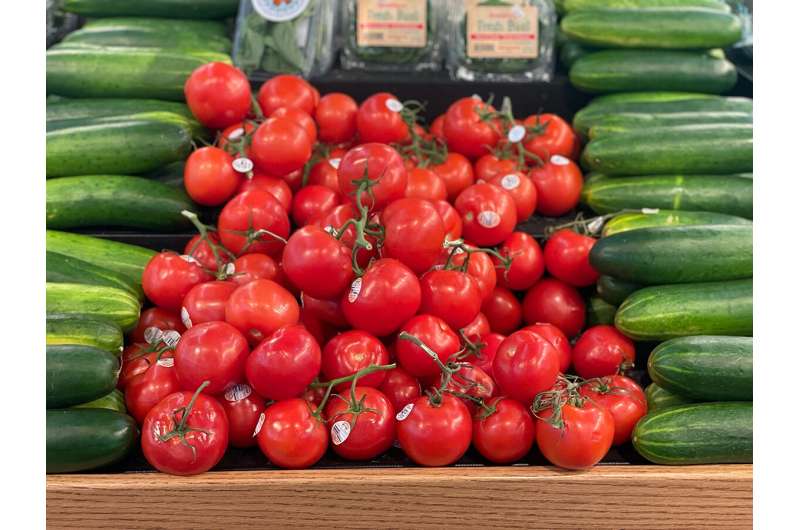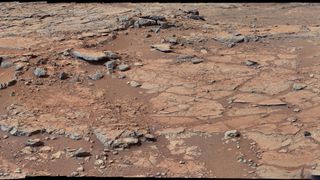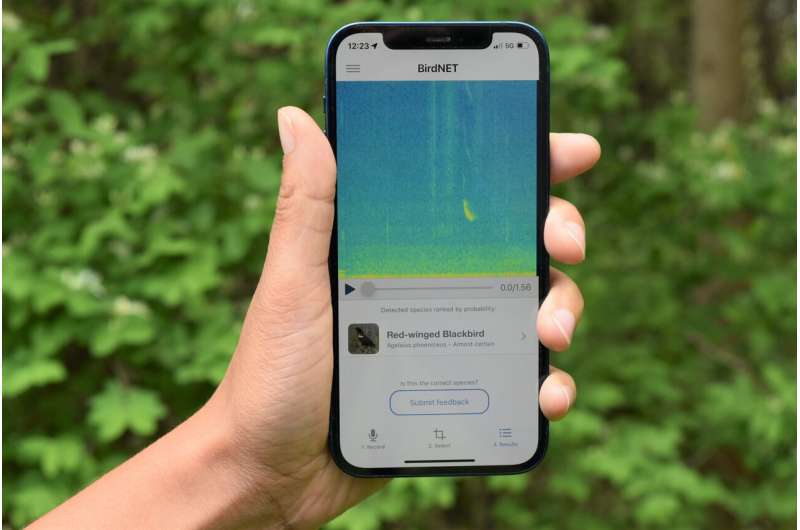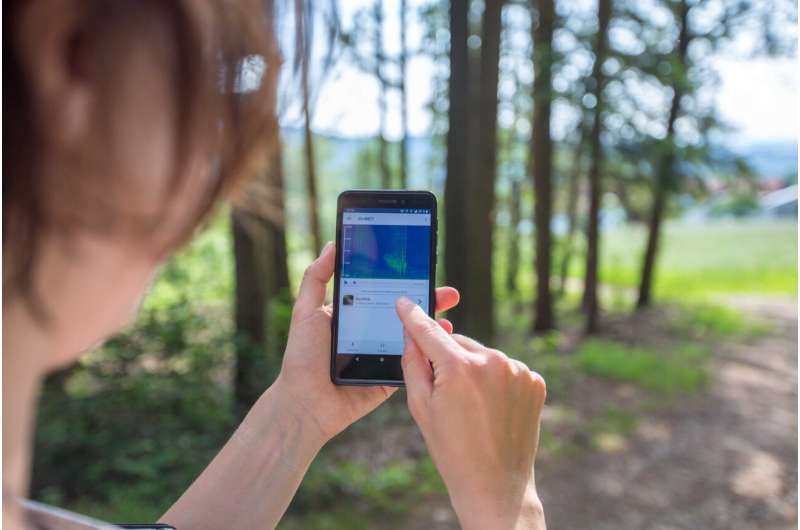Natural gas used in homes contains hazardous air pollutants shows Boston-area study by Harvard T.H. Chan School of Public Health
Policymakers and individuals can act to mitigate potential health risks from natural gas
Peer-Reviewed PublicationBoston - Every day, millions of Americans rely on natural gas to power appliances such as kitchen stoves, furnaces, and water heaters, but until now very little data existed on the chemical makeup of the gas once it reaches consumers.
A new study finds that natural gas used in homes throughout the Greater Boston area contains varying levels of volatile organic chemicals that when leaked are known to be toxic, linked to cancer, and can form secondary health-damaging pollutants such as particulate matter and ozone. The research by the Center for Climate, Health, and the Global Environment at Harvard T.H. Chan School of Public Health, PSE Healthy Energy, Atmospheric and Environmental Research (AER), Gas Safety Inc., Boston University, and Home Energy Efficiency Team (HEET) was published in Environmental Science & Technology.
“It is well-established that natural gas is a major source of methane that's driving climate change,” said Drew Michanowicz, Visiting Scientist at Harvard Chan C-CHANGE and Senior Scientist at PSE Healthy Energy. “But most people haven’t really considered that our homes are where the pipeline ends and that when natural gas leaks it can contain health-damaging air pollutants in addition to climate pollutants.”
Researchers conducted a hazard identification study, which evaluated whether air pollutants are present in unburned natural gas, but did not evaluate human exposure to those pollutants. Between December 2019 and May 2021, researchers collected over 200 unburned natural gas samples from 69 unique kitchen stoves and building pipelines across Greater Boston. From these samples, researchers detected 296 unique chemical compounds, 21 of which are federally designated as hazardous air pollutants. They also measured the concentration of odorants in consumer-grade natural gas – the chemicals that give gas its characteristic smell – and found that leaks containing about 20 parts per million methane may not have enough odorant for people to detect them. The samples were taken from the territories of Eversource Gas, National Grid, and the former Columbia Gas, who together provide service to 93% of Massachusetts gas customers.
Key findings:
- Consumer-grade natural gas supplied to Massachusetts contains varying levels of at least 21 different hazardous air pollutants, as defined by the U.S. EPA, including benzene, toluene, ethylbenzene, xylene, and hexane.
- Concentrations of hazardous air pollutants in natural gas varied depending on location and time of year, with the highest concentrations found in the winter.
- Based on odorant concentrations, small leaks can be undetectable by smell - leaks up to 10 times naturally occurring levels may be undetectable, equating to a methane concentration of about 20 parts per million.
When gas leaks occur, even small amounts of hazardous air pollutants could impact indoor air quality because natural gas is used by appliances in close proximity to people. Persistent outdoor gas leaks located throughout the distribution system may also degrade outdoor air quality as precursors to particulate matter and ozone.
“This study shows that gas appliances like stoves and ovens can be a source of hazardous chemicals in our homes even when we’re not using them. These same chemicals are also likely to be present in leaking gas distribution systems in cities and up the supply chain,” said Jonathan Buonocore, co-author and Research Scientist at Harvard Chan C-CHANGE. “Policymakers and utilities can better educate consumers about how natural gas is distributed to homes and the potential health risks of leaking gas appliances and leaking gas pipes under streets, and make alternatives more accessible.”
The researchers share actions that policymakers and individuals can take to mitigate health risks posed by natural gas used in homes.
Policy Actions:
- Gas pipeline companies could be required to measure and report more detailed information on the composition of natural gas, specifically differentiating non-methane volatile organic compounds such as benzene and toluene.
- Gas utility providers could be required to routinely measure and report natural gas odorant content to customers similar to informational postings often produced by interstate gas pipeline companies.
- State regulations could require direct measurement of leaked, unburned natural gas in ambient air to be included in emissions inventories and to better determine public health risks.
- The Consumer Product Safety Commission has the authority to set performance standards for gas stoves and ventilation hoods to limit air pollutant emissions.
- Home inspectors and contractors could be required to perform natural gas-appliance leak detection surveys or to measure for ppm-range methane, similar to radon tests done prior to the completion of a real estate transaction.
- Given the importance of odorants in detecting gas leaks, federal natural gas odorization regulations could be updated so that natural gas is odorized to meet much lower detection levels than the current 1/5th the lower explosion limit (detectable at ~1% methane).
Individual Actions:
- Because small leaks may evade our sense of smell, getting an in-home natural gas leak detection survey performed by a licensed plumber or heating, ventilation, and air conditioning (HVAC) contractor can verify that no small leaks are present.
- Increasing ventilation is one of the most accessible and important actions to reduce sources of indoor pollution. Opening windows and turning on a vent that exhausts to the outside when cooking are simple steps that can lower the risk of indoor exposure.
- If you smell gas, exit the building and then immediately call your gas company to assess whether there is a leak in or nearby your home.
DOI: https://doi.org/10.1021/acs.est.1c08298
***
About Harvard Chan C-CHANGE
The Center for Climate, Health, and the Global Environment at Harvard T. H. Chan School of Public Health (Harvard Chan C-CHANGE) increases public awareness of the health impacts of climate change and uses science to make it personal, actionable, and urgent. Led by Dr. Aaron Bernstein, the Center leverages Harvard’s cutting-edge research to inform policies, technologies, and products that reduce air pollution and other causes of climate change. By making climate change personal, highlighting solutions, and emphasizing the important role we all play in driving change, Harvard Chan C-CHANGE puts health outcomes at the center of climate actions. To learn more visit https://www.hsph.harvard.edu/c-change/.
JOURNAL
Environmental Science & Technology
METHOD OF RESEARCH
Observational study
SUBJECT OF RESEARCH
Not applicable
ARTICLE TITLE
Home is Where the Pipeline Ends: Characterization of Volatile Organic Compounds Present in Natural Gas at the Point of the Residential End User
ARTICLE PUBLICATION DATE
28-Jun-2022
Gas Piped Into Homes Contains Benzene
and Other Risky Chemicals, Study Finds
While the concentrations are low, the chemicals are
potentially dangerous and some are linked to cancer risk,
the researchers found.
By Elena Shao
June 28, 2022
The natural gas delivered to homes contains low concentrations of several chemicals linked to cancer, a new study found. Researchers also found inconsistent levels of odorants — substances that give natural gas its characteristic “rotten egg” smell — which could increase the risk of small leaks going undetected.
The study, which was published in the journal Environmental Science & Technology, adds to a growing body of research that links the delivery and use of natural gas to detrimental consequences for public health and the climate.
Most prior research has documented the pollutants present where oil and gas extraction takes place, but there are “fewer studies as you work your way down the supply chain,” said Drew Michanowicz, the lead author of the study, looking at “where we actually use it, in our homes.”
Over 16 months, researchers collected 234 samples of unburned natural gas from 69 homes in the Boston metropolitan area that received natural gas from three suppliers. They found 21 “air toxics” — an Environmental Protection Agency classification of hazardous pollutants known or suspected to cause cancer, birth defects or adverse environmental effects — including benzene, which was detected in 95 percent of the samples.
Short-term exposure to high levels of benzene in particular could lead to drowsiness, dizziness, headaches and irritation of the eyes and skin, according to the Centers for Disease Control and Prevention. Longer-term exposure can increase the risk of blood disorders and certain cancers like leukemia.
The highly flammable chemical is colorless or light yellow, and is found in products made from coal and oil including plastics, resins and nylon fibers, and also some types of rubbers, dyes and pesticides. It is also regularly found in vehicle exhaust, tobacco smoke and gasoline.
The concentrations of benzene that the researchers found in the natural gas samples were “much lower compared to the amount in gasoline,” Dr. Michanowicz said on Friday during a conference call with reporters. Even so, he said, the finding is concerning since “natural gas is used so widely in society and in our indoor spaces.”
Americans spend more than 90 percent of their time indoors, according to the E.P.A., where concentrations of some pollutants can range from two to five times as high as outdoor concentrations.
Benzene is a carcinogen, and exposure over time adds up, leading some experts to suggest that there is no safe level of exposure.
The researchers said that the goal of their study was to identify the presence and concentration of certain hazards, and that more research is needed to understand the health risks.
“The largest sources of benzene in most people’s lives are gasoline from cars and smoking,” said Rob Jackson, an earth scientist at Stanford University who did not work on the study. “On the other hand, any unnecessary benzene in your home is just too much.”
The unburned natural gas also contained inconsistent levels of odorants, or substances that give off a perceptible smell, the researchers said. Methane, the main component of natural gas, is odorless, so odorants are routinely added to help detect leaks.
“If there’s less odorant in the natural gas stream, there is a higher potential for larger leaks to exist without a smell to them,” Dr. Michanowicz said in the Friday call.
When released into the atmosphere unburned, methane is a particularly potent greenhouse gas. It can warm the planet more than 80 times as much as the same amount of carbon dioxide over a 20-year period. Oil and gas companies have come under fire in recent years for often large-scale, invisible releases of methane.
Across the country, a growing number of cities are trying to phase out natural-gas hookups to homes and businesses in favor of electric alternatives, mostly citing the emissions impact of continuing to burn fossil fuels.
The new research suggests that natural gas leaks aren’t just releasing methane, but also air toxics that could be detrimental to public health, said Curtis Nordgaard, a pediatrician and study co-author. “We might want to rethink those leaks as not just a climate issue, but a health issue,” he said.
Dr. Nordgaard is a senior scientist at PSE Healthy Energy, a nonprofit research institute focused on the public health and climate effects of energy production, as is Dr. Michanowicz.
With this study, the researchers said they hoped to fill a gap in the availability and transparency of gas composition data. Pipeline operators and gas suppliers in the United States generally test the composition of gas, consistent with recommendations from the North American Energy Standards Board, an industry organization that sets standards for the natural gas and electricity marketplace.
However, the gas composition tests usually measure only the 16 most abundant constituents of natural gas. That list doesn’t include some of the components the researchers identified, like benzene.

